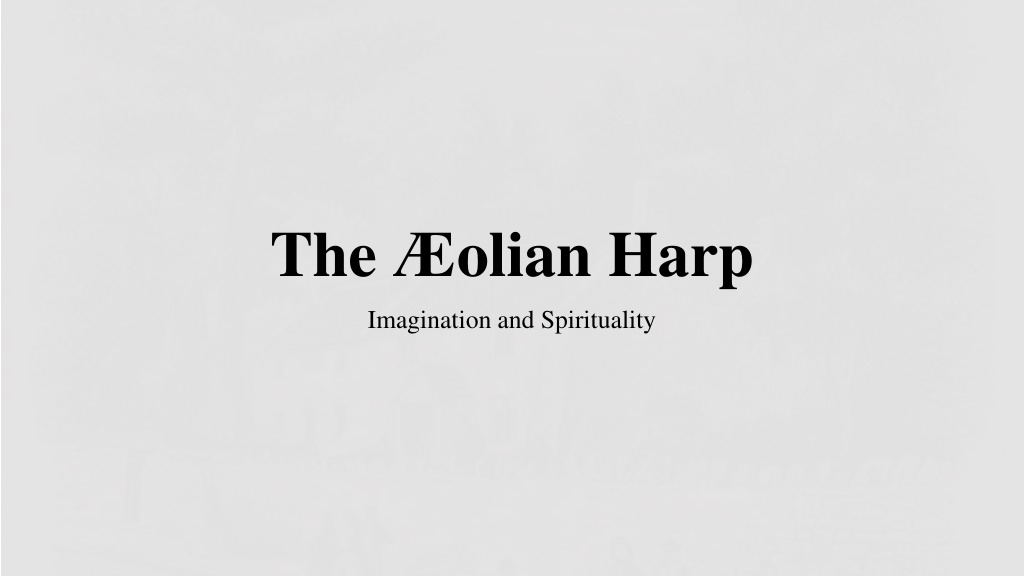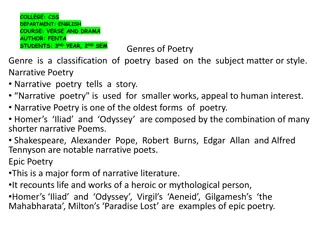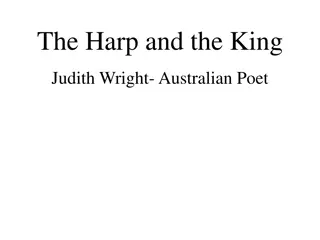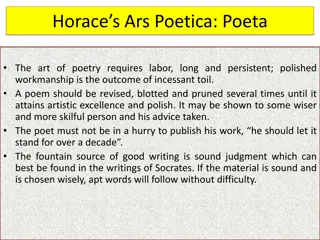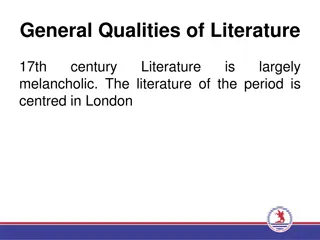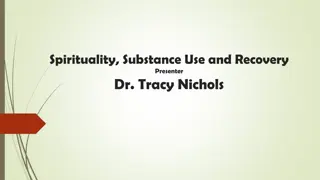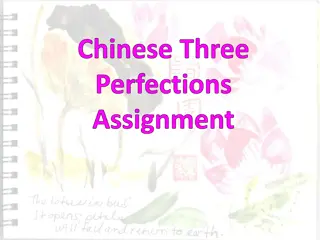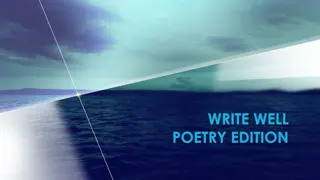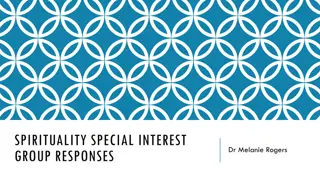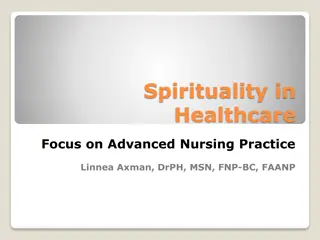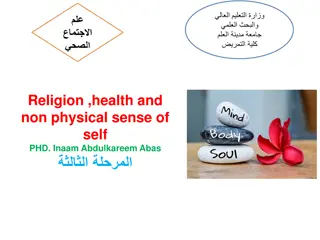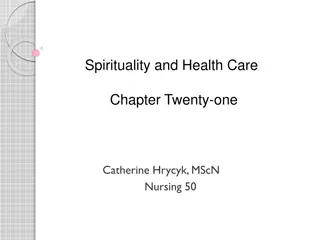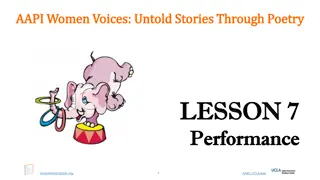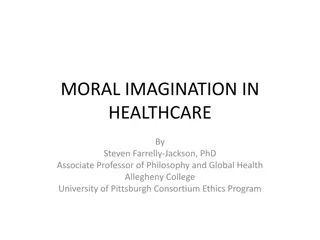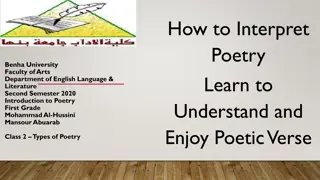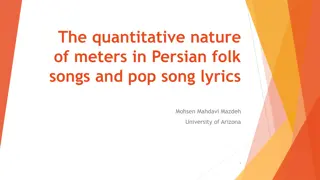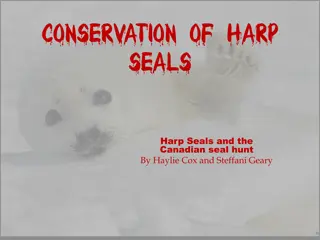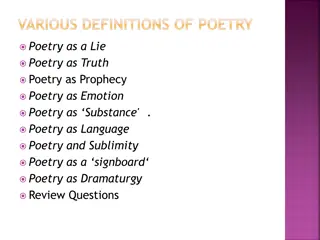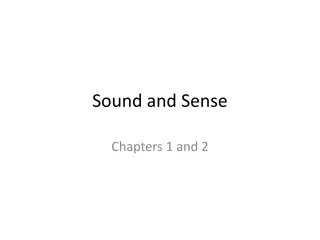The Olia Harp: Imagination and Spirituality in Poetry
The poem "The Olia Harp" from the poetry collection "Sara" explores themes of love, feelings versus reason, and the inner workings of the creative mind. The speaker contemplates the role of poetic inspiration, the tension between idealism and tradition, and the use of natural imagery as symbols for abstract ideas. The harp serves as evidence of divine creation and reflects Coleridge's rhetorical style.
Download Presentation

Please find below an Image/Link to download the presentation.
The content on the website is provided AS IS for your information and personal use only. It may not be sold, licensed, or shared on other websites without obtaining consent from the author.If you encounter any issues during the download, it is possible that the publisher has removed the file from their server.
You are allowed to download the files provided on this website for personal or commercial use, subject to the condition that they are used lawfully. All files are the property of their respective owners.
The content on the website is provided AS IS for your information and personal use only. It may not be sold, licensed, or shared on other websites without obtaining consent from the author.
E N D
Presentation Transcript
The olian Harp Imagination and Spirituality
Context Written in 1795, published in 1796 poetry collection "Sara" represents Sara Fricker "Composed at Clevedon, Somersetshire" inspiration from the visit of their future home after the marriage one of Coleridge's "conversation poems" Errata (1817): "O! the one Life within us and abroad, / Which meets all motion and becomes its soul, / A light in sound, a sound-like power in light, / Rhythm in all thought, and joyance everywhere" Its theme of "One Life" and figure of the harp and the breeze influenced further writing first published in Poems on Various Subjects (1796) and titled "Effusion xxxv, composed August 20th, 1795, at Clevedon, Somersetshire"
Connections to the Previous Reading Similar themes (love, feelings vs reason, inner workings of the creative mind / pragmatic rhetorical process) Passive presence of the addressed objects (Sarah, effortless presence of God?, the harp vs Genevieve, Dark Ladie?) What is the role of the speaker, to what capacity does he posses any agency? Summary of the meaning of the poem Harp functions like an evidence of God's creation / as a parallel to Coleridge's rhetorical style
Themes The speaker describes the process of poetic inspiration Tension between idealistic (but morally suspect) and a traditional (but emotionally hollow) way of understanding reality The importance of emotion in all phases of creation by association a) what is noticed in the first place b) what is recalled later on c) and the order of recall Images from the natural world can make fitting poetic symbols for abstract ideas In the poem's first section, the speaker begins by describing an outdoor environment turns these natural elements into emblems, or appropriate symbols, of abstract ideas, jasmine = innocence, myrtle = love, evening star = wisdom inspiration in natural images can be used as symbols to communicate more abstract ideas This image of poetic inspiration has both positive and negative aspects fear of moral evil, arises from giving too free a reign to the associative power unchecked by intellect (or controlled by Imagination) Imagination as the poetic process that "dissolves, diffuses, dissipates, in order to recreate," that "struggles to idealize and to unify"
The Harp a passive instrument, which, when acted upon by the wind, emits sound two dominant objects of attention are "My pensive Sara" and "that simplest Lute" "In "The ' olian Harp' the conventional orthodox view of divinity is in conflict with Coleridge's idealistic speculations, ostensibly on the issue of the transcendence of God, but basically as a reflection of the instability of Coleridge's life (Boulger, 693) The "intellectual breeze" is a single spiritual force that acts as the "Soul of each" thing in nature single spiritual force may be both the God and soul of all living things God is identical to that spiritual breeze that breathes life into everything Thesis: all things in nature could be thought of as "organic Harps" Antithesis: When the speaker calls Sara "Daughter in the family of Christ!" he reminds the reader that God is chiefly present, not in nature, but in the person of His Son, Christ, who came to earth to save humanity a mere human can never fully comprehend God, "the Incomprehensible"
In the concluding section Coleridge seems to be denying the source of his own deepest feelings and asserting in its stead a commonplace relationship with ordinary religion (?) Returns to the serene beginning of the poem by returning to Sara, "the heart-honored Maid!"
Qs Who possesses agency in the poem? Where lies the merit of the poem? (If the speaker arguably constantly revaluates and undermines his statements) What is the genre of the poem? How would it differentiate from 'Love' as a love poem? What is the source of sensation for Coleridge? (nature? Sara? his own ability to make "sense" of sentiments?, God?)
Sources James D. Boulger, Imagination and Speculation in Coleridge's Conversation Poems, in The Journal of English and Germanic Philology , 64:4 (1965) 691 711. Paul Magnuson, " The Eolian Harp " in Context," in Studies in Romanticism, 24:1 (1985) 3 20. William H. Marshall, "The Structure of Coleridge's The Eolian Harp , in Modern Language Notes, 76:3 (1961) 229 232. Carmel Raz, The Expressive Organ within Us , in 19th-Century Music, 38:2 (2014) 115 144.
